Survival revisitted
Posted by Mahoning63 On 2016/3/26 12:44:16
Holiday leisure time has brought fresh thoughts from Steve and I on how Packard might have saved itself...
We know that on January 15, 1956, S-P met with the insurance companies to request a $50 million loan, $30 million of which to pay for tooling of the 57s. On January 27, Nance was turned down. In the next few months there was consideration of sharing Lincoln body shell for $9M, Dearborn ultimately dismissing the idea.
Question: could Packard have reworked its existing cars on shoe-string budget to survive 1957-58, allowing Nance to prove himself and eventually win over the insurance companies? In such a scenario, the planned all-new 57s would have belatedly appeared as 1959s.
Answer: assuming Nance knew that all-new, lower and wider cars would flood the market in 1957 and that the 4-door hardtop style would become price of entry to be competitive, then perhaps yes, there was opportunity to carefully rework the existing cars on maybe a $5M budget. For this greatly scaled down but still promising approach, the insurance companies might have acquiesced. See images for progression. Here are the details:
1. Nothing could be done with width, but height could have been lowered, perhaps as much as 2 inches without customers complaining of too-low seats in relation to floor. Now that Packard controlled Conner, this could have been done fairly cost-effectively in-house by identifying best locations to section firewall, door outers/inners and rear fenders and setting up off-line stations to do the work. Use of side trim to cover up most of the weld lines would have helped.
2. Quickly tool new front fender uppers and hood/fascia/grill/bumper in Predictor style. For maximum visual impact and to accommodate dual and quad headlamps in 1957, hide the lights like in Predictor show car. No other American car that year had hidden headlamps.
3. Extend rear overhang on both the 122" and 127" wb frames 5 inches to improve proportions and use Four Hundred/Caribbean's 5 inch longer end panel (forward of decklid) and existing decklid (trimmed 2" at rear bottom). Trunk floor would need 5" insert.
4. Put 2-door hardtop coupe and convertible on 122" frame + 5" longer rear overhang by extending rear wheel cutout 5 inches forward and tooling 5" longer fender skirts.
5. Put 4-door hardtop on 127" frame + 5" longer rear overhang by adding 5" insert above rear wheel cutout. Use coupe's 5' longer fender skirts.
6. To create 4-door's hardtop roof, add 5" insert or stamp front and rear halves separately, with 5" overlap on one, and weld together.
7. Remove 1.5" wide body insert between 4-door sedan's front and rear doors by moving rear doors forward 1.5". Rework rear door body openings to accomodate. If no solution available to allow front-hinged rear doors to open so as not to interfere with front door swing, use rear-hinged, reverse-opening rear doors. If no solution to strengthen B-pillar lower, use slim B-pillar upper to create appealing sedan in lieu of hardtop.
8. Lower taillights 2" choosing lowest cost strategy.
Have also included a Speedster that is lowered an additional 1.25 inches, which is the difference in diameter between dual vs. quad headlamps. The thinking here is that the headlamp doors could be lowered same (along with vertical grill). The Speedster maximizes use of existing parts to create compact, speedy proportions by using standard 122" frame and decklid mated with 5" longer end panel, thus pushing rear seats forward 5" (for kids only). Vent windows are removed and, if feasible, windshield and I/P are moved rearward 3". This car would have been a nice-to-have rather than need-to-have showroom companion, very costly to build and sold in very low volumes as image car. Were it to in any way distract the team from developing the other models, would need to have been shelved.
The extra $20M that Nance had asked for in addition to the $30M for tooling was probably to carry the company through 1956. Here Nance would have needed to have slashed mercilessly, lest all be lost. Run out enough cars to complete the model year, then fire everyone except essentials (hourly and salary), and rehire a half year later. If union contracts would not allow, file Chapter 11 and do same under reorganization.
All thoughts welcome!
Attach file:
 (45.69 KB)
(45.69 KB)
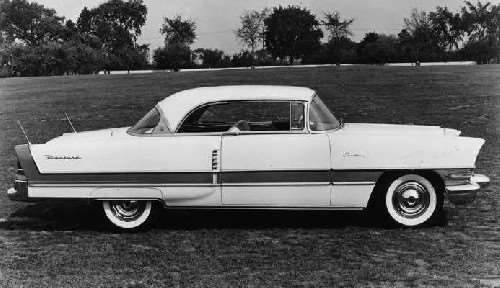
 (45.61 KB)
(45.61 KB)
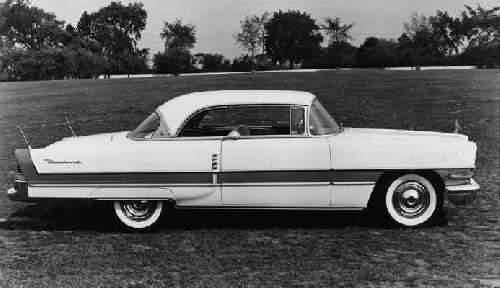
 (45.11 KB)
(45.11 KB)
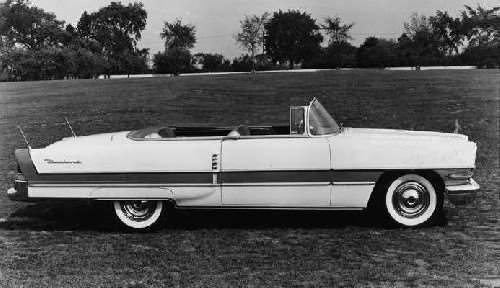
 (46.23 KB)
(46.23 KB)
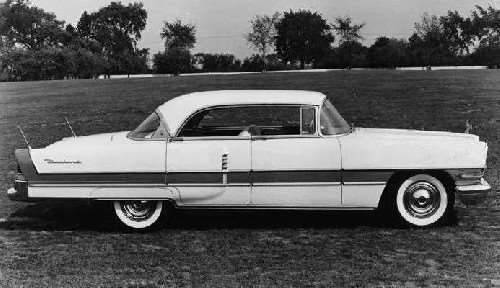
 (46.25 KB)
(46.25 KB)
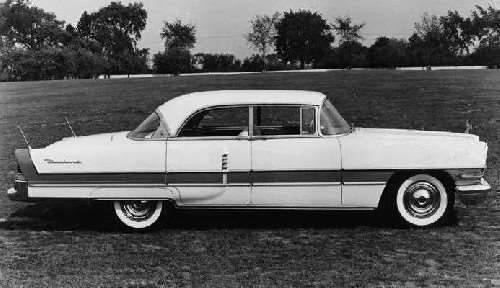
 (44.83 KB)
(44.83 KB)
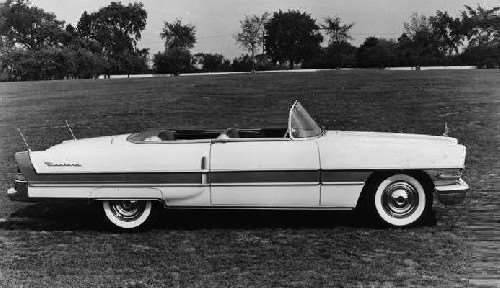
 (59.97 KB)
(59.97 KB)
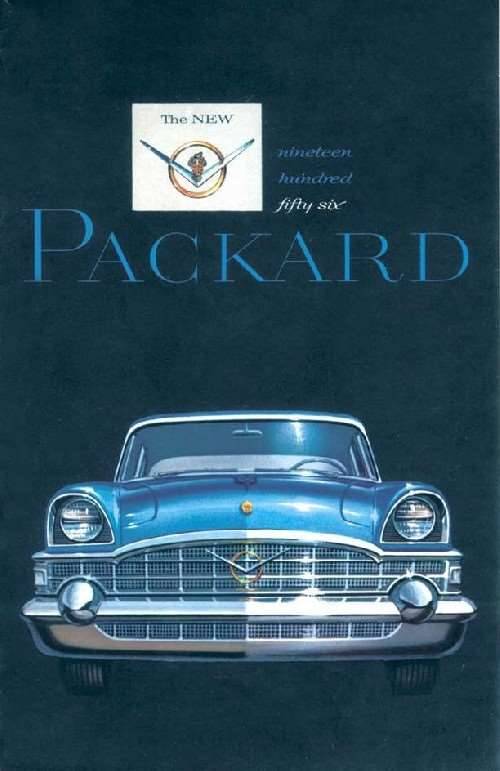
 (54.51 KB)
(54.51 KB)
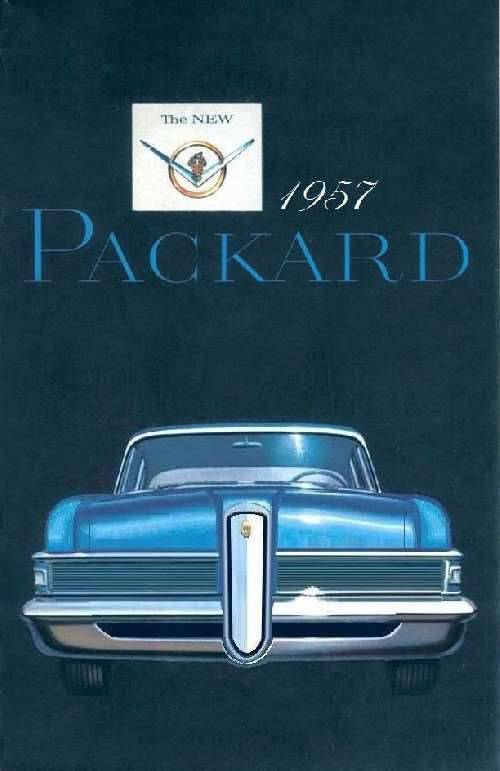
 (53.05 KB)
(53.05 KB)
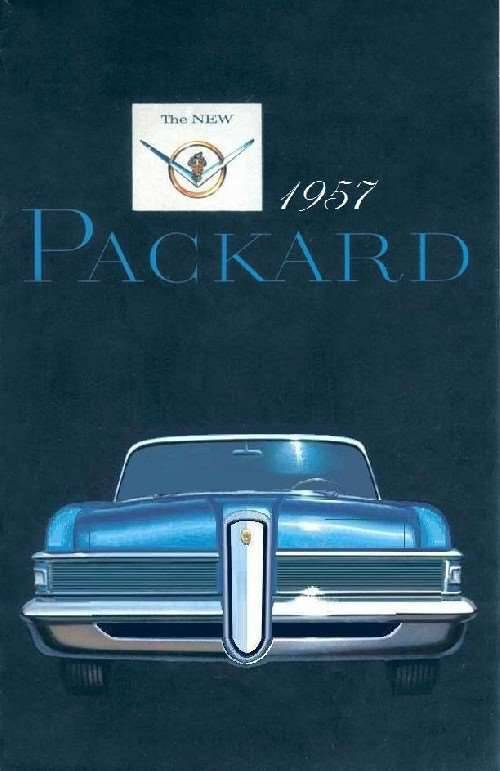
We know that on January 15, 1956, S-P met with the insurance companies to request a $50 million loan, $30 million of which to pay for tooling of the 57s. On January 27, Nance was turned down. In the next few months there was consideration of sharing Lincoln body shell for $9M, Dearborn ultimately dismissing the idea.
Question: could Packard have reworked its existing cars on shoe-string budget to survive 1957-58, allowing Nance to prove himself and eventually win over the insurance companies? In such a scenario, the planned all-new 57s would have belatedly appeared as 1959s.
Answer: assuming Nance knew that all-new, lower and wider cars would flood the market in 1957 and that the 4-door hardtop style would become price of entry to be competitive, then perhaps yes, there was opportunity to carefully rework the existing cars on maybe a $5M budget. For this greatly scaled down but still promising approach, the insurance companies might have acquiesced. See images for progression. Here are the details:
1. Nothing could be done with width, but height could have been lowered, perhaps as much as 2 inches without customers complaining of too-low seats in relation to floor. Now that Packard controlled Conner, this could have been done fairly cost-effectively in-house by identifying best locations to section firewall, door outers/inners and rear fenders and setting up off-line stations to do the work. Use of side trim to cover up most of the weld lines would have helped.
2. Quickly tool new front fender uppers and hood/fascia/grill/bumper in Predictor style. For maximum visual impact and to accommodate dual and quad headlamps in 1957, hide the lights like in Predictor show car. No other American car that year had hidden headlamps.
3. Extend rear overhang on both the 122" and 127" wb frames 5 inches to improve proportions and use Four Hundred/Caribbean's 5 inch longer end panel (forward of decklid) and existing decklid (trimmed 2" at rear bottom). Trunk floor would need 5" insert.
4. Put 2-door hardtop coupe and convertible on 122" frame + 5" longer rear overhang by extending rear wheel cutout 5 inches forward and tooling 5" longer fender skirts.
5. Put 4-door hardtop on 127" frame + 5" longer rear overhang by adding 5" insert above rear wheel cutout. Use coupe's 5' longer fender skirts.
6. To create 4-door's hardtop roof, add 5" insert or stamp front and rear halves separately, with 5" overlap on one, and weld together.
7. Remove 1.5" wide body insert between 4-door sedan's front and rear doors by moving rear doors forward 1.5". Rework rear door body openings to accomodate. If no solution available to allow front-hinged rear doors to open so as not to interfere with front door swing, use rear-hinged, reverse-opening rear doors. If no solution to strengthen B-pillar lower, use slim B-pillar upper to create appealing sedan in lieu of hardtop.
8. Lower taillights 2" choosing lowest cost strategy.
Have also included a Speedster that is lowered an additional 1.25 inches, which is the difference in diameter between dual vs. quad headlamps. The thinking here is that the headlamp doors could be lowered same (along with vertical grill). The Speedster maximizes use of existing parts to create compact, speedy proportions by using standard 122" frame and decklid mated with 5" longer end panel, thus pushing rear seats forward 5" (for kids only). Vent windows are removed and, if feasible, windshield and I/P are moved rearward 3". This car would have been a nice-to-have rather than need-to-have showroom companion, very costly to build and sold in very low volumes as image car. Were it to in any way distract the team from developing the other models, would need to have been shelved.
The extra $20M that Nance had asked for in addition to the $30M for tooling was probably to carry the company through 1956. Here Nance would have needed to have slashed mercilessly, lest all be lost. Run out enough cars to complete the model year, then fire everyone except essentials (hourly and salary), and rehire a half year later. If union contracts would not allow, file Chapter 11 and do same under reorganization.
All thoughts welcome!
Attach file:
 (45.69 KB)
(45.69 KB)
 (45.61 KB)
(45.61 KB)
 (45.11 KB)
(45.11 KB)
 (46.23 KB)
(46.23 KB)
 (46.25 KB)
(46.25 KB)
 (44.83 KB)
(44.83 KB)
 (59.97 KB)
(59.97 KB)
 (54.51 KB)
(54.51 KB)
 (53.05 KB)
(53.05 KB)
This Post was from: https://packardinfo.com/xoops/html/modules/newbb/viewtopic.php?post_id=174406